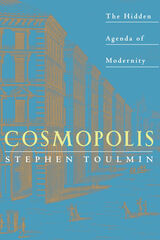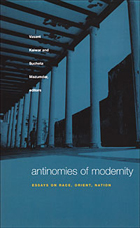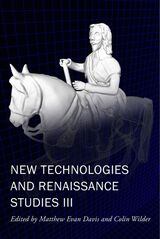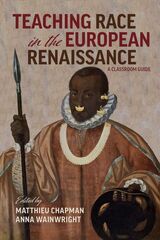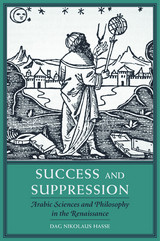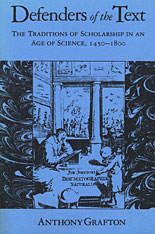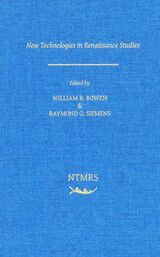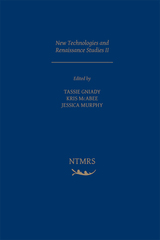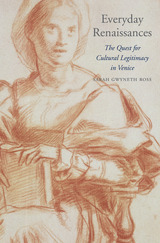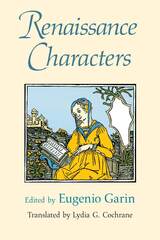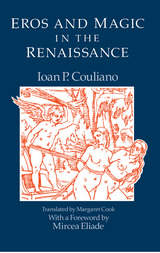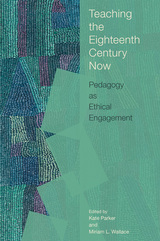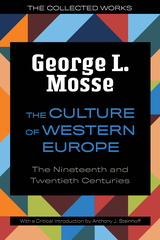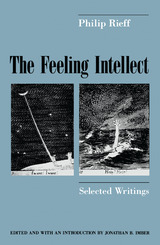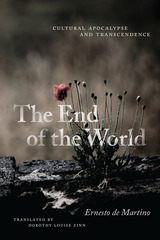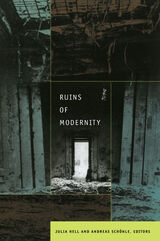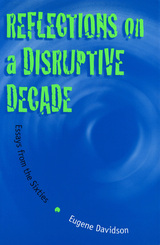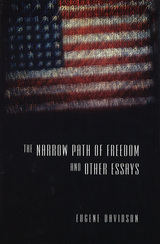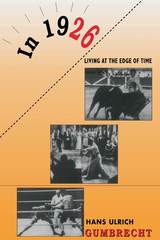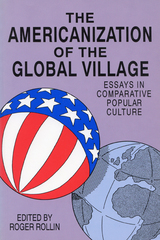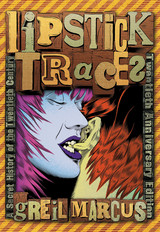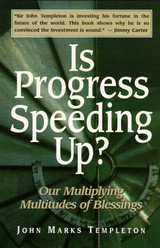Baroque Personae
University of Chicago Press, 1995
Cloth: 978-0-226-85636-0 | Paper: 978-0-226-85637-7
Library of Congress Classification CB401.U6613 1995
Dewey Decimal Classification 940.252
Cloth: 978-0-226-85636-0 | Paper: 978-0-226-85637-7
Library of Congress Classification CB401.U6613 1995
Dewey Decimal Classification 940.252
ABOUT THIS BOOK | AUTHOR BIOGRAPHY | TOC
ABOUT THIS BOOK
The Baroque, which stretched from the end of the sixteenth to the second half of the seventeenth century, is one of the most enigmatic eras in history. In this book, thirteen distinguished scholars develop a portrait of institutions, ideologies, intellectual themes, and social structures as they are reflected in Baroque personae, or characteristic social roles.
Studying the statesman, soldier, financier, secretary, rebel, preacher, missionary, nun, witch, scientist, artist, and bourgeois, the essays depart dramatically from traditional accounts of this era. The statesman, for example, is seen here as the exact opposite of a benevolent man working for the common good; and the soldier is depicted as part of an institution that could be savage and destructive but that also, by the end of the Baroque age, helped shape a more rational relationship with the military and civil society.
The contributors are Rosario Villari, Henry Kamen, Geoffrey Parker, Daniel Dessert, Salvatore S. Nigro, Manuel Morán, José Andrés-Gallego, Adriano Prosperi, Mario Rosa, Brian P. Levack, Paolo Rossi, Giovanni Careri, and James S. Amelang.
Studying the statesman, soldier, financier, secretary, rebel, preacher, missionary, nun, witch, scientist, artist, and bourgeois, the essays depart dramatically from traditional accounts of this era. The statesman, for example, is seen here as the exact opposite of a benevolent man working for the common good; and the soldier is depicted as part of an institution that could be savage and destructive but that also, by the end of the Baroque age, helped shape a more rational relationship with the military and civil society.
The contributors are Rosario Villari, Henry Kamen, Geoffrey Parker, Daniel Dessert, Salvatore S. Nigro, Manuel Morán, José Andrés-Gallego, Adriano Prosperi, Mario Rosa, Brian P. Levack, Paolo Rossi, Giovanni Careri, and James S. Amelang.
See other books on: Civilization, Baroque | Cochrane, Lydia G. | Europe | History | Renaissance
See other titles from University of Chicago Press

